In the ever-evolving landscape of artistry, where the brushstrokes of tradition meet the pixels of innovation, artists stand at the crossroads of history and futurism. Today's technological advancements, particularly in the realm of artificial intelligence (AI) image and video generation, are not merely tools; they are the new mediums through which creativity expresses itself, challenging the very essence of what it means to be an artist.
AI in the realm of visual performance, especially for VJs (Video Jockeys), has opened a portal to uncharted territories of expression. These live visual maestros, who orchestrate the synergy of light and motion in clubs, events, and festivals, now have at their fingertips a groundbreaking palette: AI-generated imagery that morphs and evolves in real-time, echoing the pulsating beats they accompany.
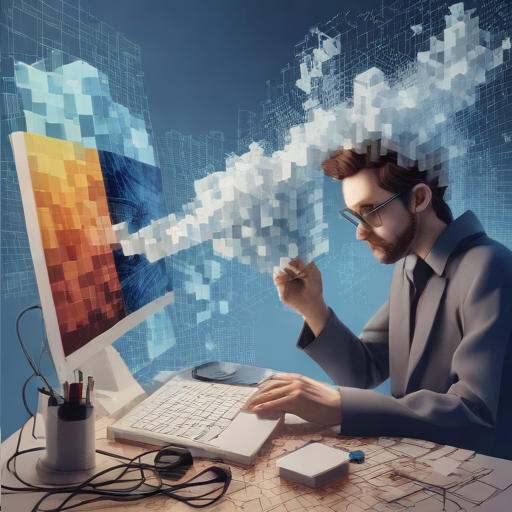
The integration of AI into the VJ scene is a testament to the adaptability of artists in the digital age. VJs can leverage AI algorithms to create complex visual narratives that respond to music, audience energy, and even social media trends, all in real-time. The AI does not replace the artist; rather, it becomes an extension of their creative intent, a dynamic partner in the dance of visual storytelling.
However, with such power comes the imperative for responsible use. The role of the VJ is not only to entertain but to inspire and provoke thought. AI-generated content should be wielded with mindfulness, ensuring that the human touch—the soul of the performance—remains evident amidst the code.
In a world where technology and art are increasingly intertwined, the VJ stands as a sentinel of balance. By embracing AI, they continue the tradition of innovation that art has always championed, while also preserving the human connection that gives life to their performances. The VJ's canvas is no longer just a screen; it is the very fabric of reality, woven with light, sound, and now, the limitless possibilities of artificial intelligence.
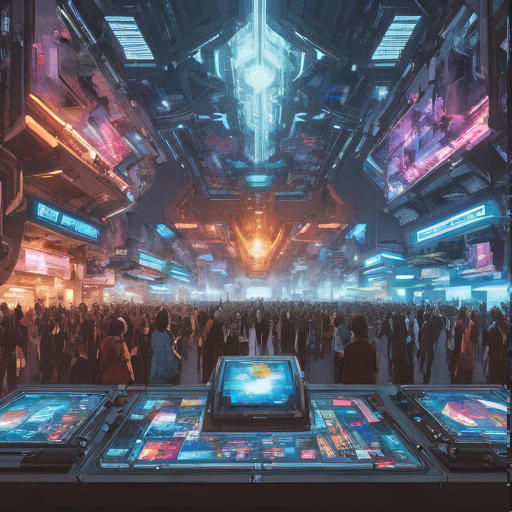
This technological renaissance does not signal the end of the artist but heralds a new dawn for artistic expression. As VJs and artists of all kinds explore and integrate these tools, they are not just keeping pace with the times; they are actively sculpting the future of artistry—a future where technology amplifies human creativity, and together, they illuminate the stages of the world.
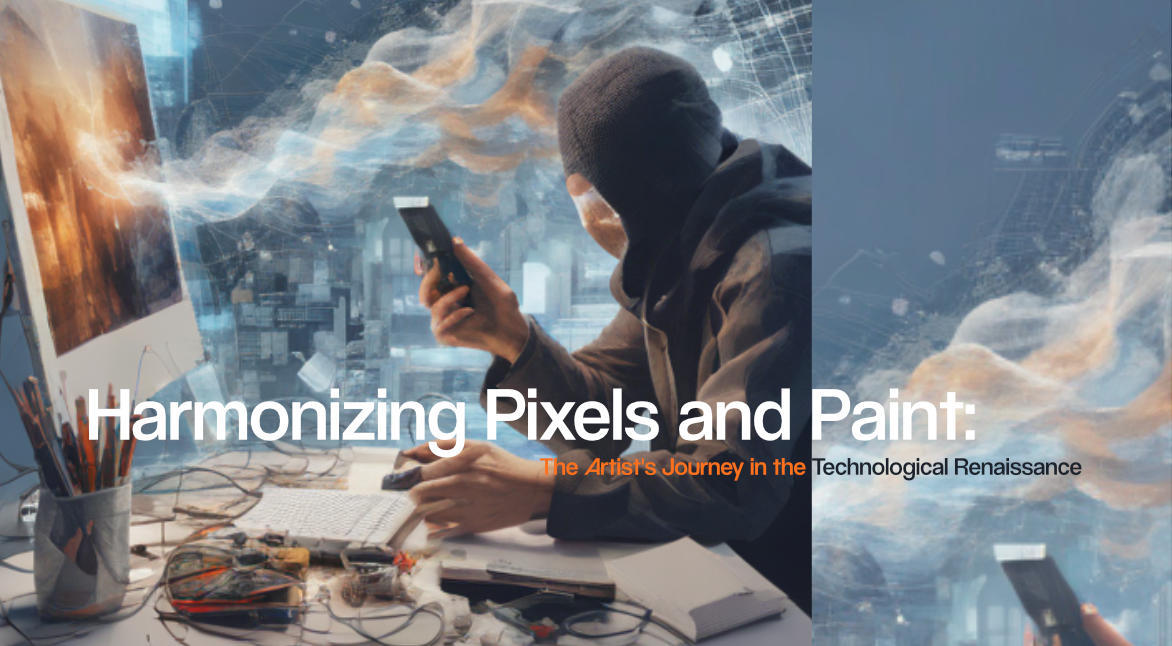
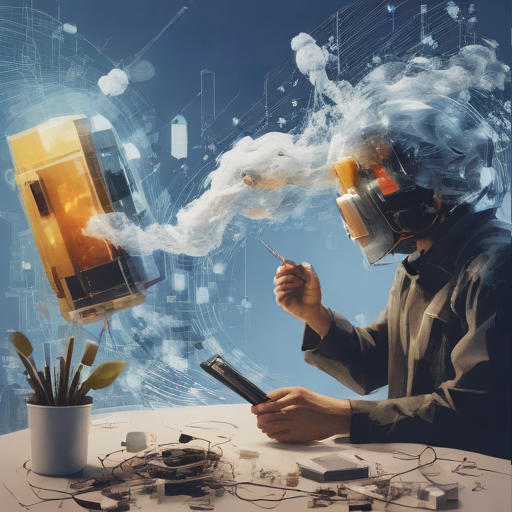
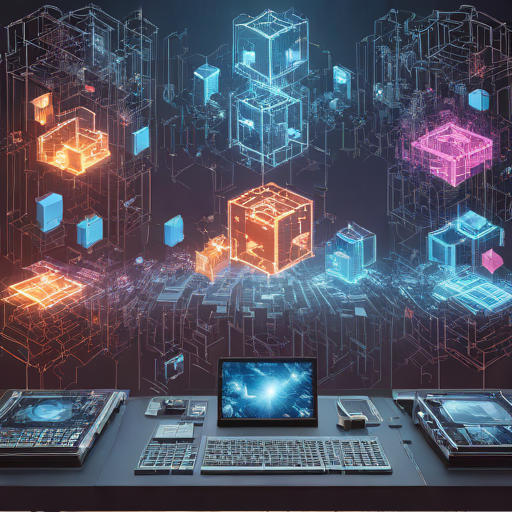
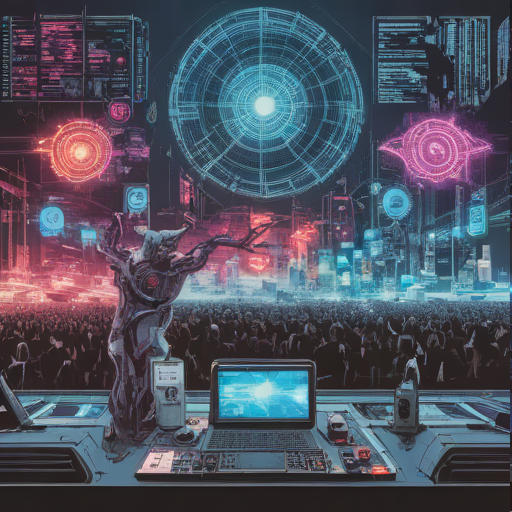


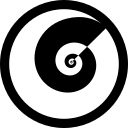
Discussion (1)
Thank you very much for this beautifully designed and discussion-stimulating post. Basically, I'm always for new things and tried out "Stable Diffusion" for pure image generation via Clipdropp on my mobile with a measly 6GB RAM. I only slightly edited the pictures in Snapseed and added a frame and text mark, and the ones with pretty girls in particular quickly went through the roof on my flickr account ( flickr.com/photos/bennoh/533418671... ) . But I have to say that it is more the creativity of the AI itself that is determining, the ability to be influenced and detailed conscious generation is still too far away. I was often more than astonished by the results, but still quite pleased on many occasions. However, I had to choose the intended use of the result differently than I wanted. This is now slowly happening - intentional conscious control is not guaranteed, but this will certainly change with specially developed software. Luckily, I am also someone who likes to work things out intuitively and is more likely to look forward to surprises and continue working with them, which is only possible in my own free projects. This quickly becomes a problem when doing contract work. I also don't understand why you can't tell the AIs in a more simplified way what was unacceptable about a certain result and should be repeated in such and such a way, but with otherwise the same algorithms. For example, leave the exact face, hair and clothing but only change the background and pose. The current "diffusion to video" examples often end up with a completely different person or face, hair, etc. and I think this was usually not what was desired. So at the moment it's often something like a lottery game with sometimes better results and sometimes no results at all and even the no results at all are occasionally brilliant pictures that you still save. Still in its infancy, it's easy to see what AI's are coming up with when it comes to visuals. But something we forget is that these technologies themselves have long been much more widespread than we realize. Fine and inconspicuous in the background of our photo apps on our smartphones, e.g. to support the small lenses with sharpness and structures or exposure such as colors. So AI-based algorithms have long been standard in commercially used applications and devices. However, controlling and controlling such mathematical miracles based on our brains in a broader range of areas will certainly require a lot of research and development. You can certainly create cascades of abstractions like SleepleMonk, but to me such visuals quickly result in a repetition in such a way that the enjoyment of the sea quickly goes from being totally hype to completely boring. Things like Tool3 seem to me to make more sense to invest the time where you also have the necessary controls. Blender and its AI plugins still seem very interesting to me at the moment, where "StableDiffusion" is also on board again, but still has a somewhat more determinable effect.